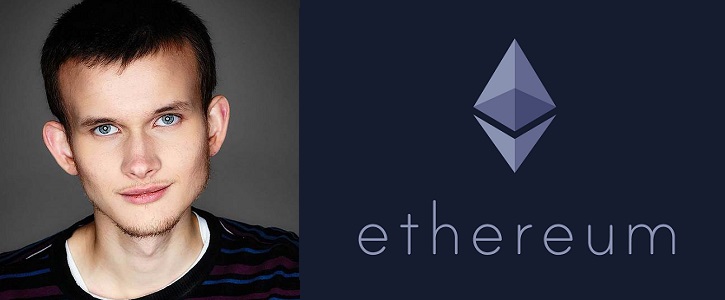In a blogpost to the Ethereum community, lead programmer Vitalik Buterin has made a first official attempt to clarify the difference between the known Ethereum ETH and the newly-split Ethereum Classic ETC.
One of the goals of the post could be to reassure Ethereum enthusiasts and investors of the safety of their investment. It is happening at the time when the ETC price has soared by over 260% in 24-hour trading volume. Its market cap has risen to over $162 million - that is more than double its initial split startup market value of about $66m on Sunday July 24.
It also aims to guide those who still find it difficult to move their funds from one chain to the chain of their interest.
So, was the attacker paid?
There are claims that the stolen funds in the address of the malicious child DAO aka “The Dark DAO,” which was the main reason for the hard fork, is now empty on both the forked ETH and the unforked ETC chains with no record of the money’s whereabouts.
For example, a Reddit user, Chistown, suggests that the fact that “ETC has value means the attacker got paid, and ETH holders lost out (any value in ETC could be in ETH).”
However, this is only guesswork, and the current state of affairs requires to get a grip on the recent developments in the Ethereum ecosystem.
Which chain to pick now?
Buterin states in his post that all users who had ETH before block 1920000 now have both ETH (the fork chain) and ETC (the community effort to continue the no-fork chain). Users are generally advised to select the ETH chain. And if you are offered a choice on a fork in the Mist interface, then selecting “Yes” on this choice will direct you to this chain.
Buterin further explains:
“Users who are interested in taking any actions with their ETC, including creating and participating in applications, converting to another asset, etc are advised to use the splitter contract at address 0xaa1a6e3e6ef20068f7f8d8c835d2d22fd5116444 to move their ETC to a separate newly created account so as to avoid replay attacks. We also encourage the ETC community to consider adopting a secondary hard fork to change transaction formats to make further replay attacks impossible.”
It is important to note that once ETH and ETC are “split” they should be managed via separate wallets.

Users complain
Even though they were given a choice to whether join the fork chain or not, a number of users are still dissatisfied with the decision of Ethereum developers to hardfork.
For example, a member of Ethereum community dooglus questions the focus of the project and shares a popular opinion on the matter:
“When I contributed to the ICO, I was paying for you to work on "a decentralized platform which runs smart contracts: applications that run exactly as programmed without any possibility of downtime, censorship, fraud or third party interference." (source: ethereum.org, front page, first paragraph). That chain was recently renamed from ETH to ETC because ETH was mutated by a community in favor of censorship, fraud, and third party interference. Shouldn't you continue working on the chain that you were funded to work on? The one "without any possibility of downtime, censorship, fraud or third party interference".”
